begin quote from:
How long until Hyperloop is here?
Francesca Street, CNN • Updated 9th July 2019
FacebookTwitterEmail
1/12
Hyperloop technology: Hyperloop is a futuristic form of high-speed transportation involving levitating pod-like capsules inside a low-pressure steel tube. Several companies are developing the technology including Hyperloop Transportation Technologies, pictured.
Courtesy Hyperloop Transportation Technologies
(CNN) — The year is 2030. You're in a sleek pod-like capsule that's levitating inside a low pressure steel tube and accelerating across the country at speeds of more than 600 miles per hour.
This is Hyperloop, the futuristic transportation method pitched by controversial US entrepreneur Elon Musk, drawing on 100-year-old principals updated for the 21st century.
Big companies are investing serious money into projects to get Hyperloop -- both literally and figuratively -- off the ground, with pilot tubes being erected in Dubai's deserts and futuristic pods unveiled in European warehouses.
Advocates say the technology's more sustainable than aviation and significantly faster than high-speed trains -- but is Hyperloop really a viable future transportation method and can the hurdles involved in making this concept a reality be surmounted?
In short, will we really be able to hop on one of these high tech vehicles any time soon?
Future of transportation
It's already been a long time coming. For all its futuristic claims, Hyperloop's roots lie well in the past.
"It isn't, in terms of technology, a new concept, because the concept of vacuum transportation's been around for quite some time," explains Chris Dulake, global railways and transit leader at consultancy Mott MacDonald, a company that's worked on the London Underground and Heathrow Airport's Terminal 5.
He points to the work of Isambard Kingdom Brunel, a pioneering British engineer who experimented with using compressed air to transport carriages in the late 1800s.
"If you go down to the Brunel Museum in Bristol [in southwest England] you'll see the original prototype that Brunel put together for propelling trains," he says. "And you look at that, you think, 'Yeah, it's just a new cycle of some existing technologies.'"
Despite Brunel's efforts, it was more than a century before Musk premiered his futuristic transportation concept. In 2013, he described Hyperloop as "a cross between a Concorde, a railgun and an air hockey table."
"It would be great to have an alternative to flying or driving, but obviously only if it is actually better than flying or driving," wrote Musk in a technical paper outlining his vision.
The billionaire said that this new transit system should be safer, faster, lower cost, more convenient, immune to weather, sustainable and self-powering, resistant to earthquakes and not disruptive.
So how's that ambition panning out five years later?
Musk himself has never played a particularly active role in rendering Hyperloop a physical reality, limiting involvement to a yearly Hyperloop design competition run by his SpaceX company with the aim of promoting and celebrating young engineering talent.
Others are, however, running with the concept.
These include Virgin Hyperloop One, a US-based initiative formerly headed by Richard Branson, Hyperloop Transportation Technologies (HyperloopTT), a US-based start up that signed an agreement in China to build a test track; Hardt Hyperloop, based in the Netherlands and TransPod, a Canadian company.
Each organization regularly touts its progress via press releases and social media campaigns -- whether it's unveiling full-scale test pods or undertaking feasibility tests.
But turning Hyperloop into a real-life mode of transport is proving a long process.
Related content
Hyperloop train might be coming to IndiaNeed for speed
As competition for the world's first operational hyperloop heats up, CNN asks how the super-fast transport system could change lives and business in the UAE.
There's no denying the appeal of Hyperloop -- for one thing, it's pretty cool. The idea of whisking passengers across country at super high speed, in a levitating tube, is an impressive idea. All the pods we've seen so far are sleek, streamlined structures that wouldn't look out of place in a futuristic sci-fi movie.
Then there's the speed.
Claustrophobia sufferers might baulk at the idea of being propelled in a windowless tube but, as tunneling expert Herbert Einstein of US university MIT points out, many of us would tolerate it if it meant reaching our destination quicker.
"People may be willing to put up with something, which is sort of a disagreeable environment by [arriving in] half of the time or a quarter of the time," he suggests.
"If you're able to go from one city to another, going at a max speed of 670 miles per hour or 1,080 kilometers per hour, and you're able to do that, instead of in three to five hours depending on traffic, in under 30 minutes -- that creates huge socio-economic benefits that are equivalent or exponential to the creation of the plane or the train, as an example," says Ryan Kelly, head of marketing and communications for Virgin Hyperloop One.
Sure, traveling by airplane is generally swift, but, says Sebastien Gendron, co-founder and CEO of TransPod, Hyperloop will combine "the frequency of the subway with the speed of the aircraft."
Gendron envisages a metro-like system where Hyperloop trains arrive frequently, allowing passengers to get on the first available service.
The various companies involved in developing the technology also say they plan for the service to be an affordable mass transit system with ticket prices more comparable to railways than aviation.
Related content
New full-scale Hyperloop passenger capsule revealedSustainable alternative?
With more travelers now wanting to switch from air to rail travel because of environmental concerns, Hyperloop raises the tantalizing prospect of greener transport networks that don't rely on decades-old, temperamental infrastructure.
So could it be a better alternative? Unsurprisingly, those involved in Hyperloop projects think it is, although they admit it will have some environmental impact, particularly during the testing phase.
"It's 10 times more efficient than airplane and even more efficient than trains," says Tim Houter, CEO and co-founder of Hardt Hyperloop. Virgin Hyperloop One's Kelly says the tech will be about five times more energy-efficient than short-haul flights.
And while it's unlikely it will replace air travel completely -- cross-continental Hyperloops would be incredibly costly and logistically complicated -- the technology could be an alternative to short-haul budget flights.
"I'd look at places like the connection between Melbourne and Sydney, in Australia, which I think is the fourth most heavily used domestic air corridor," says transport expert Dulake.
Related content
Hyperloop, the superfast 'vacuum train,' is coming to ChinaSafety and security
Whether Hyperloop could really function as a viable alternative to air travel likely depends on how prevalent it becomes, and there are some doubts about its universal appeal.
"My concern with Hyperloop is that it would -- just by the physics of the way it functions -- probably discriminate against quite a few in the population, who'd want to use it," Dulake says.
"It's at the limit of the top of the tolerance of the human's ability to be able to manage those sorts of accelerations. So if you are a frail old lady -- I don't think you'd be putting them in what would be a quite an extreme ride, whereas you would put them on a high speed train."
Kelly, of Virgin Hyperloop One, insists the pods are safe and will be suitable for all.
"Being in a closed environment gets rid of a lot of safety concerns that rail has -- and even autonomous vehicles," he says. "Our mission is to make this the most boring trip of your life. We want it to be comfortable, we don't want it to be a roller coaster."
The controlled environment will avoid turbulence, says Kelly. "So while you'll be going at airplane speed, you won't feel that take off and you won't feel those sudden drops or that shaking that you would feel in a plane."
TransPod's Gendron agrees, saying the experience will be safe for most, "in the same way pretty much everybody can take the aircraft." He adds: "We won't make any compromise regarding passenger comfort and safety."
While the tubes will need to withstand natural disasters, questions also currently remain over how people will be evacuated from a pod in the case of an emergency.
Related content
Hyperloop Hotel: High-tech lodging and transport of the future?Challenges of Hyperloop
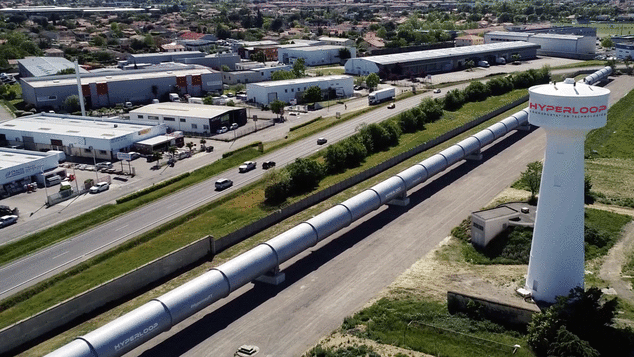
Turning Hyperloop into a reality is not without its challenges.
Courtesy Hyperloop Transportation Technologies
Turning a groundbreaking concept into a reality naturally comes with some difficulties.
The Hyperloop companies who spoke to CNN Travel were all keen to emphasize their confidence in their projects' viability. Their main quibbles were potential challenges caused by red tape.
"We know that the tech works, right, the physics works," says Kelly, who explains that Virgin Hyperloop One is currently focused on certification and regulatory steps.
"I would say that the challenge is more on the political side," agrees Gendron. "The challenge is more to convince a government that if they are serious about supporting innovation, true innovation -- I'm not talking about improvements, but true innovation, creating jobs -- risks must be taken in a way that they need to be confident in the work we're doing."
Chris Dulake says that private finance will be a necessity in many instances with Hyperloop companies unable to rely on government investment alone, and that would present its own difficulties.
He says there's also confusion about whether Hyperloop would be overseen by railway authorities or aviation.
Related content
What will passenger planes look like in 2068?When will this happen?
So just how close is Hyperloop to reality?
Virgin Hyperloop One built a full-size pod back in 2017 which has reached speeds of 387 kilometers per hour on a test track in Nevada.
"Since then, we have been working on moving this system from a very cool technology, and proving that it works in the early days, to making this a new form of mass transportation," says Kelly.
Richard Branson stepped down from his former role of chairman of the board in late 2018, but his replacement, Jay Walder, is described by Kelly as a "pretty heavy hitter in the mass transportation space." Walder helped launch London's Oyster Card cashless payment system for the London Underground.
Meanwhile American company Hyperloop TT unveiled a snazzy full-size capsule in October 2018 in Puerto de Santa Maria, Spain, near where it was constructed at Airtificial, a partner of HyperloopTT. The company released video footage, below, depicting the construction of the test track.
In June 2019, Hardt Hyperloop announced the opening of a test facility, and distant long term plans to develop a Europe-wide transportation system.
"That will be the first step towards an eventual Hyperloop alternative network. It's going to provide an alternative for the polluting short haul flights," Tim Houter, co-founder and CEO at Hardt, tells CNN Travel.
TransPod, meanwhile, is working on feasibility studies and construction of a test track.
In India, Virgin Hyperloop One is about to go through the procurement process for a service between the cities of Mumbai and Pune, which lie about 75 miles apart. This route, says Kelly, is "probably globally the furthest along."
Kelly says the company is hoping certification will be concluded by 2023 with a service up and running by 2029. Gendron says TransPod wants certification by 2025.
Experts roughly concur on the timeline.
"Probably, realistically, 2030 is the earliest that anybody will get to that point," says Dulake, who contends that once one of the companies' successfully makes the concept work in actuality, the others will follow suit.
As yet, there's still been no pilot journeys with people involved.
But, says Kelly: "This is a marathon, not a sprint."
So who knows, in 10 years time, we might find ourselves speeding across the surface of the planet in a metal tube, with short haul flights a distant memory.
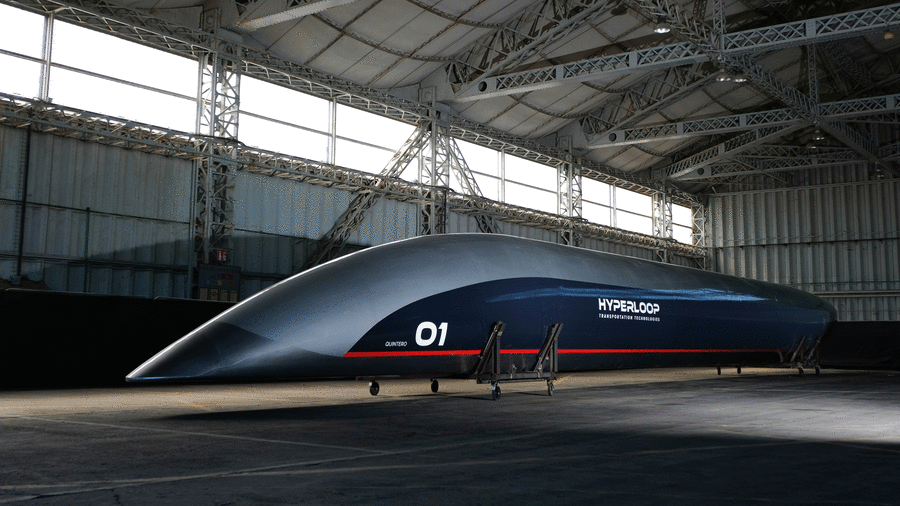
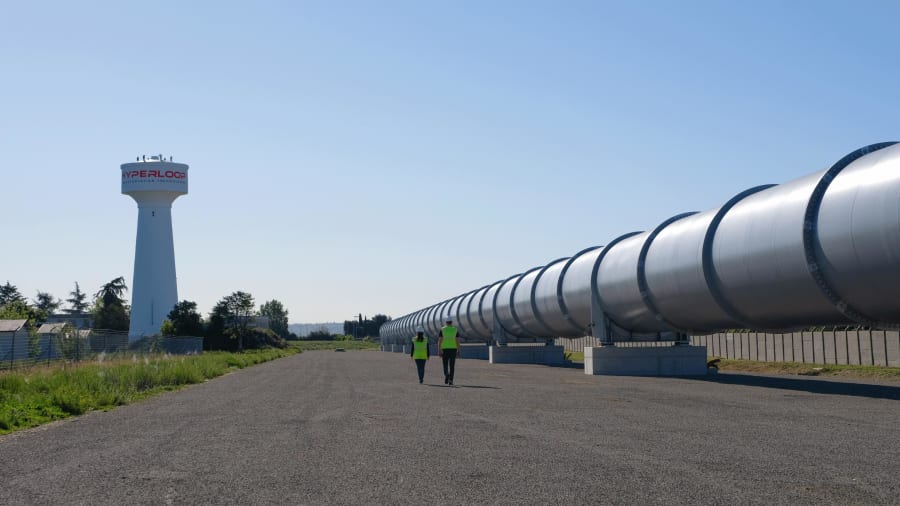
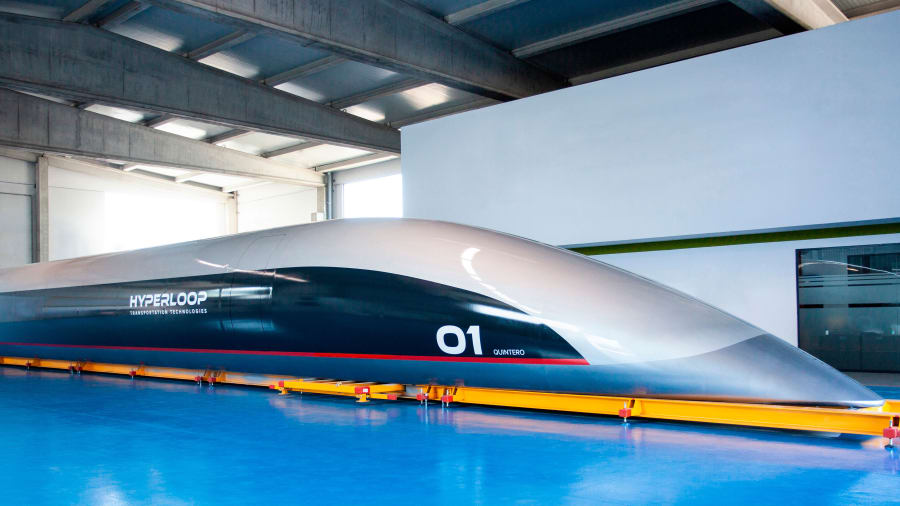
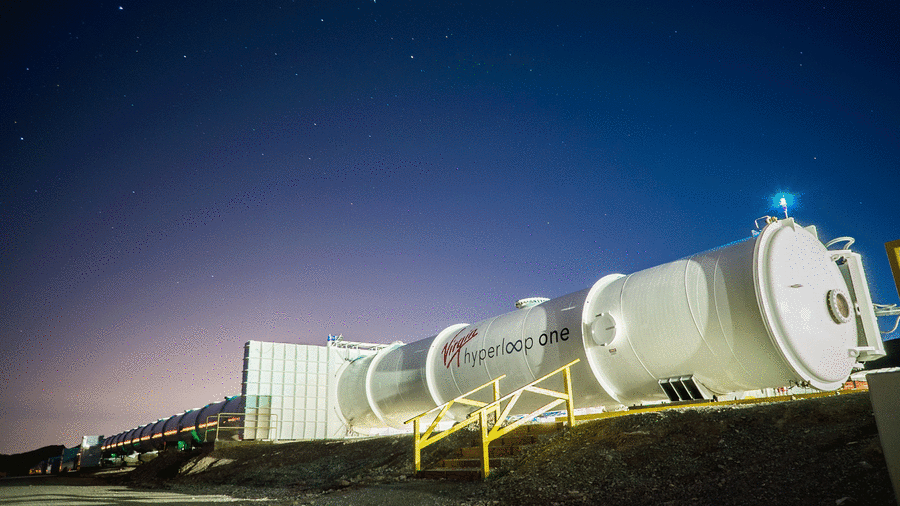
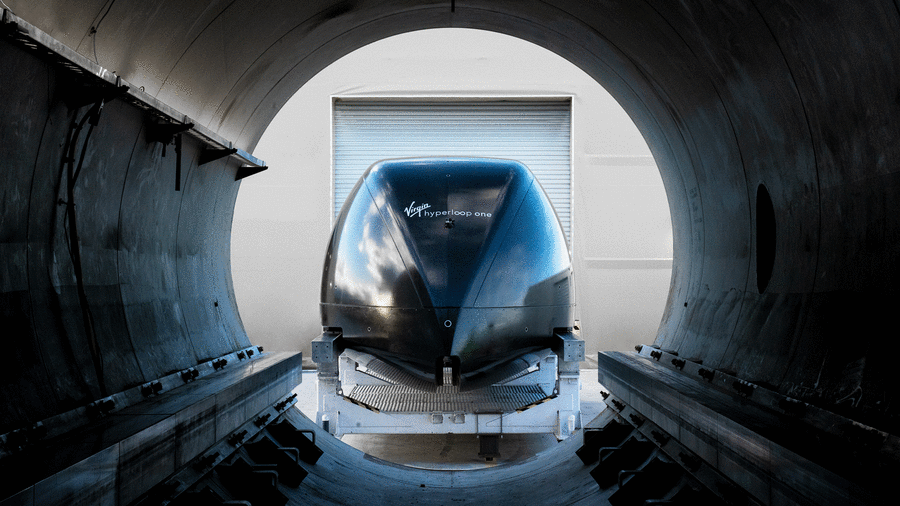
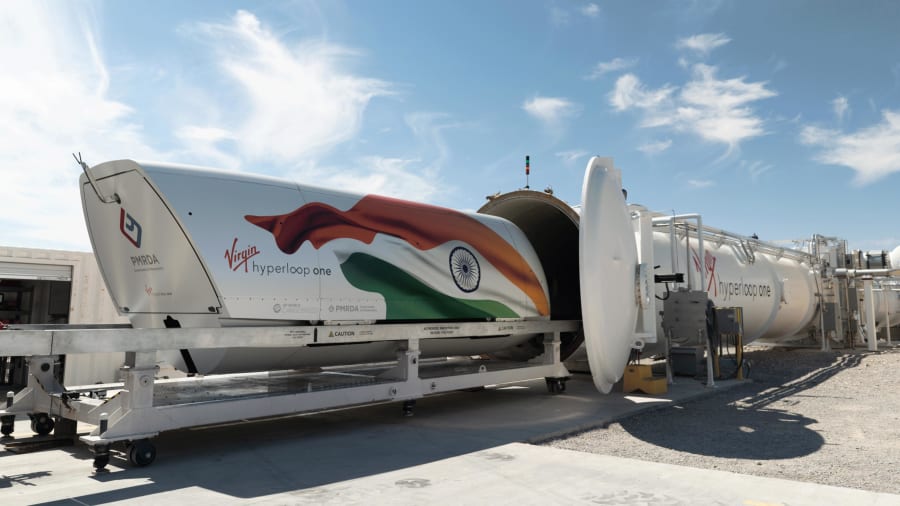
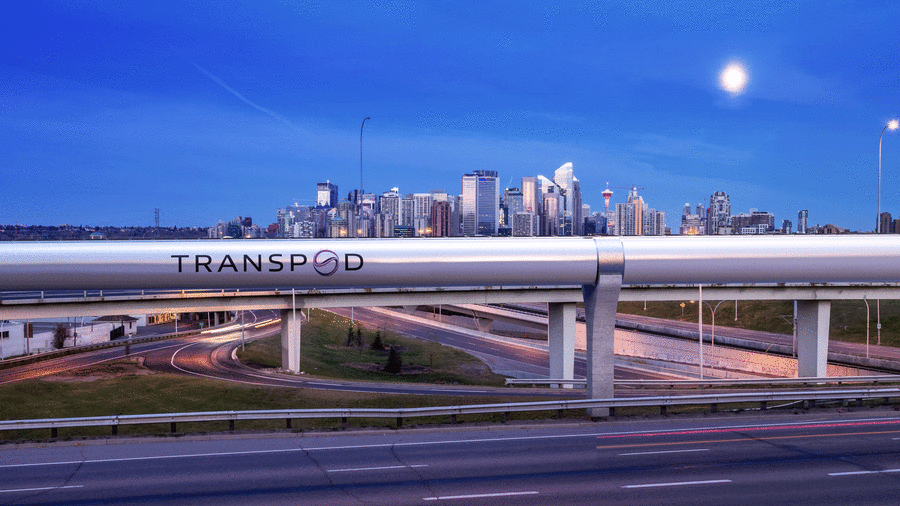

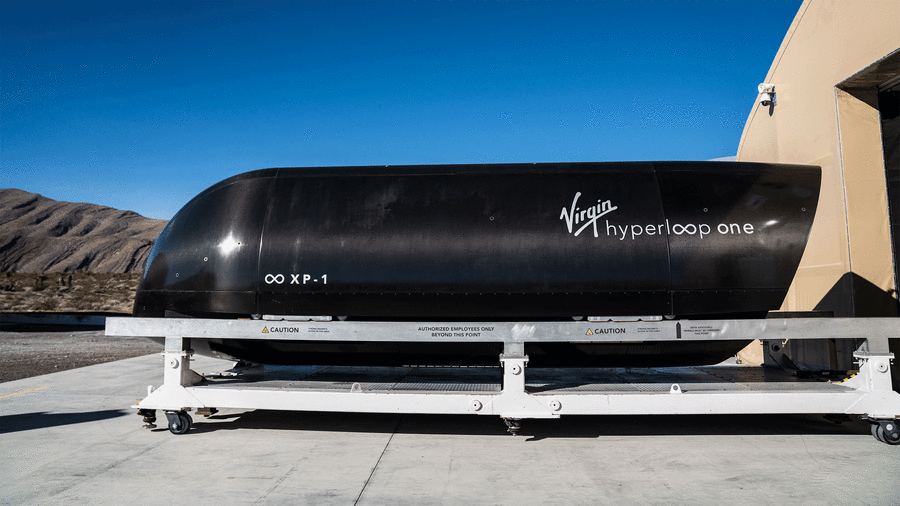
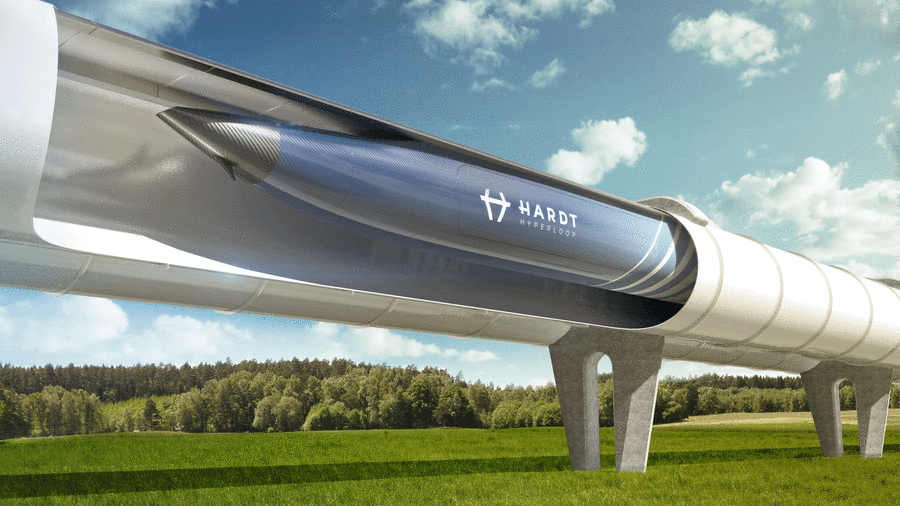
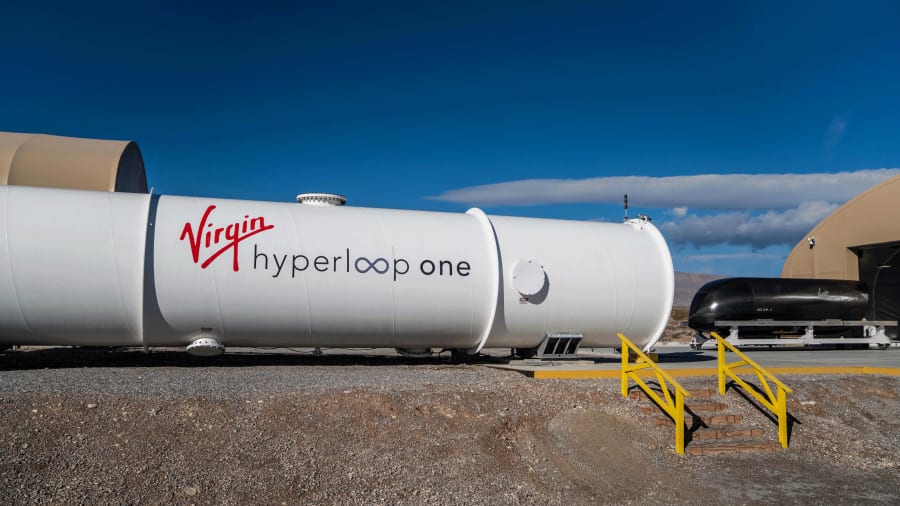
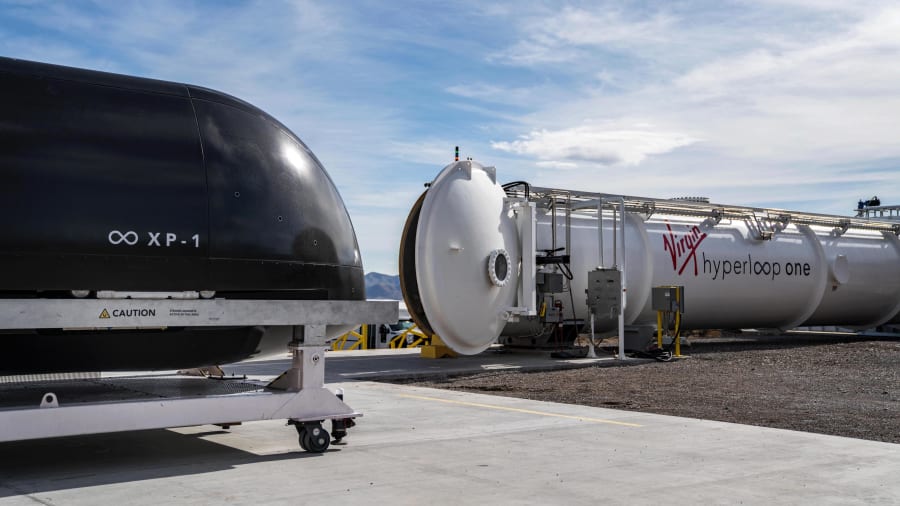





No comments:
Post a Comment